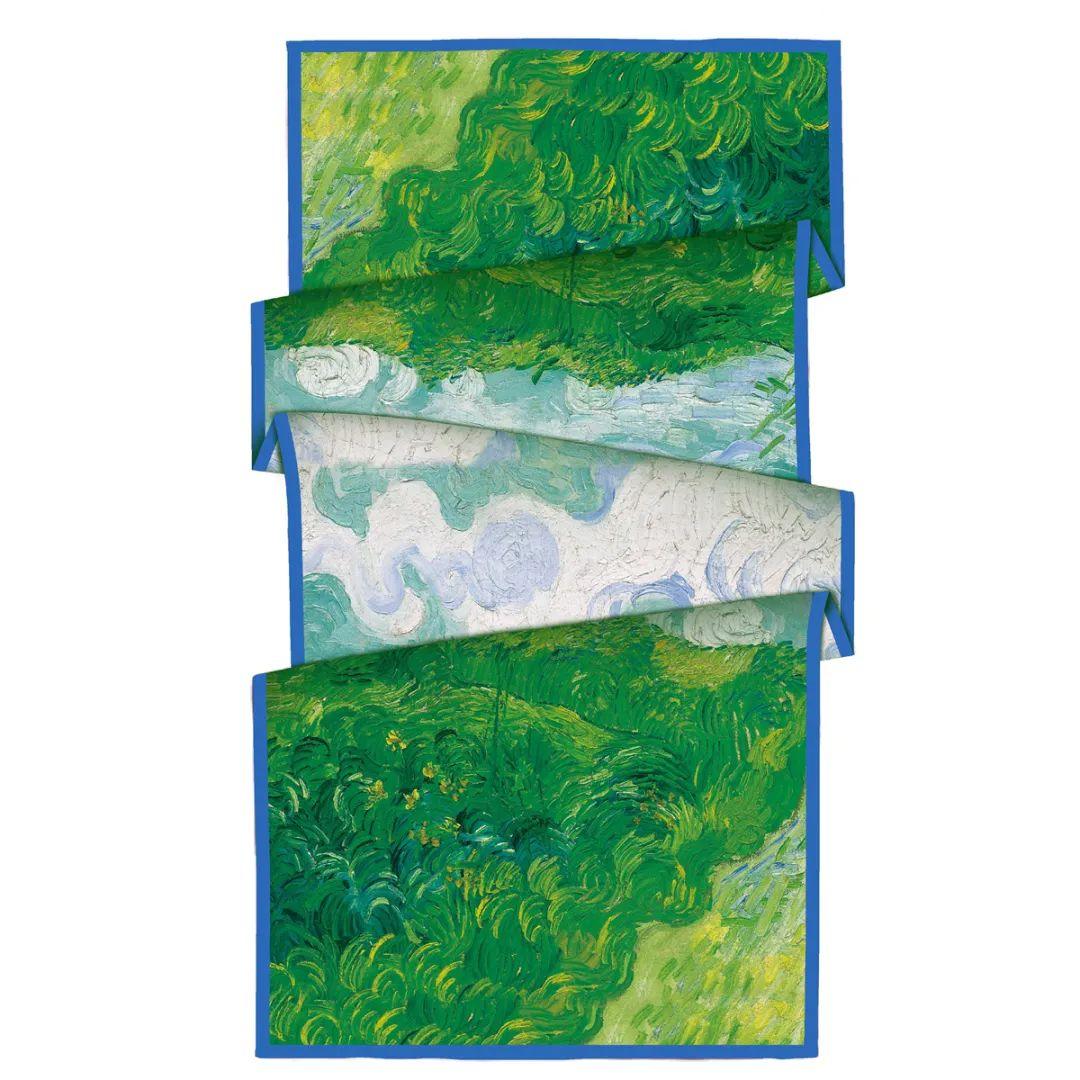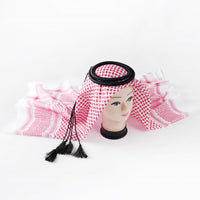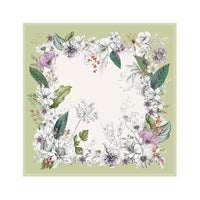Van Gogh's Vase with Oleanders and Books: A Symphony of Life, Knowledge, and Artistic Passion
Vincent van Gogh, one of the most iconic figures in post-impressionist art, has left an indelible mark on the world of painting with his vivid use of color and expressive brushwork. Among his many masterpieces, Vase with Oleanders and Books (1888) stands out not only as a remarkable representation of his unique artistic style but also as a profound meditation on life, knowledge, and the interplay between nature and intellect. This still life encapsulates Van Gogh's emotional depth, his philosophical musings, and his intense connection to the world around him.

The Artistic Context: A Period of Personal and Creative Transformation
Vase with Oleanders and Books was painted during Van Gogh's time in Arles, a city in the south of France, where he sought solace and creative inspiration after leaving the chaotic urban life of Paris. In 1888, Van Gogh was at a pivotal point in his career, deeply influenced by the color vibrancy of the Impressionists and the emerging techniques of the Neo-Impressionists. He was also experiencing personal turmoil, which was reflected in the emotional intensity of his work. The combination of Arles's radiant sunshine, the natural beauty of the region, and his ever-present inner struggles fostered the creation of art that would forever alter the course of modern painting.
In Vase with Oleanders and Books, we witness Van Gogh’s characteristic brushstrokes and bold use of color, which were increasingly pivotal in his work at the time. His move toward an expressive, almost frenetic use of color not only captures the vibrancy of life but also his inner emotional landscape. This painting, like much of his later work, was created as a form of personal expression—a way to channel his turmoil, desires, and philosophies into tangible art.
A Deep Dive into the Painting: Symbolism, Color, and Composition
At the heart of Vase with Oleanders and Books is a ceramic vase brimming with oleander flowers. The oleanders, with their bright pinks, reds, and whites, serve as a powerful visual focal point. The vividness of the flowers is not merely ornamental but symbolic—representing life, resilience, and the raw beauty of nature. Van Gogh's use of color contrasts, layering the rich hues of the flowers against a subdued background, conveys the intensity of life itself. The flowers seem to pulsate with vitality, their delicate petals rendered with thick, expressive brushstrokes that suggest both fragility and strength. The viewer can almost feel the movement of the blossoms, as though they are still alive, still in motion.
In contrast to the vibrant floral display, Van Gogh places an open book beside the vase. This deliberate juxtaposition of the ephemeral beauty of nature with the enduring presence of knowledge introduces a complex layer of meaning. The book, a symbol of intellect, wisdom, and perhaps personal introspection, speaks to Van Gogh's lifelong desire to understand the world around him. Knowledge, in Van Gogh’s view, becomes the counterpoint to the fleeting beauty of life, reminding the viewer that intellectual pursuits provide a deeper, more lasting connection to the world.
The book and flowers are positioned as a dialogue—nature and human wisdom, life and thought—intimately tied together through Van Gogh's brushstrokes. The rough texture of the flowers contrasts with the softer, more detailed rendering of the book, suggesting that life, though transient and unpredictable, is balanced by the constancy of knowledge and the written word. This theme of duality—of natural beauty and intellectual rigor—resonates deeply with Van Gogh’s personal beliefs about the significance of both emotion and intellect in the human experience.
Van Gogh's Philosophy: A Celebration of Life, Knowledge, and Artistic Dedication
Vase with Oleanders and Books encapsulates Van Gogh's broader reflections on life, death, and the search for meaning. The oleanders, though beautiful, are known to be toxic, a duality that is central to Van Gogh's approach to nature. Beauty and danger coexist in his vision of the world, just as joy and suffering coexist in his personal life. This duality—between the beauty of the flowers and the potential danger they represent—mirrors Van Gogh's own inner conflict and the emotional turbulence he often experienced.
At the same time, the book offers an intellectual counterpart to the natural world. Van Gogh’s own struggle with mental illness and his search for meaning in a world that often seemed indifferent to his pain are reflected in the presence of the book. He often sought refuge in literature and the written word, using them to try to find solace and purpose. The book in this painting can thus be seen as a metaphor for knowledge as a source of comfort, a path toward understanding, and a way to transcend the chaos of life.
The overall composition of the painting is also notable for its sense of movement and balance. Van Gogh uses the vase and the book as visual anchors, drawing the viewer's eye around the canvas with the lushness of the flowers and the contrast between the hard edges of the book and the soft curves of the petals. This dynamic composition reflects the restless energy that Van Gogh often infused into his paintings, a reflection of his own internal struggles and the urgency with which he approached life and art.
Legacy and Influence: The Eternal Dialogue Between Life, Art, and Knowledge
Vase with Oleanders and Books remains one of Van Gogh's most celebrated works, not just for its aesthetic beauty, but for the profound philosophical and emotional depth it encapsulates. The painting speaks to the enduring relevance of nature, intellectual pursuit, and art in understanding the human experience. Its vibrant colors, bold brushwork, and symbolic content have inspired generations of artists to explore the relationship between emotion, nature, and knowledge.
This work exemplifies Van Gogh’s genius in merging the personal with the universal. The conversation between the flowers and the book, the interplay of light and color, and the raw emotional energy of the brushstrokes make this painting an extraordinary piece. It is more than just a still life; it is a visual symphony of life, intellectual pursuit, and artistic devotion.
In the centuries since it was painted, Vase with Oleanders and Books has continued to resonate with audiences, prompting reflection on the nature of life, the pursuit of knowledge, and the role of art in expressing the complexities of the human condition. Through his art, Van Gogh remains an ever-present guide, reminding us of the transformative power of both nature and intellect.
In Vase with Oleanders and Books, Van Gogh has left us with a work that is as much about beauty as it is about the contemplation of life’s deeper meanings—a work that continues to inspire us to look beyond the surface and seek understanding in both the world around us and within ourselves.






